How Much Power Does Vegas Actually Use?
It was recently confirmed that Las Vegas officially became the largest city in the US to be entirely powered by renewable energy sources. This achievement is even more remarkable when you think about how much power Sin City manages to gobble up.
Let’s take a look at exactly how much power Las Vegas gets through in a year to give this landmark occasion some context.
Forbes recently claimed that reports that the city was 100% powered by renewable energy were false and said that actually, it was in fact the city’s government that was totally renewable energy-powered it is still worth finding out more about the city’s power consumption.
Inside and Out
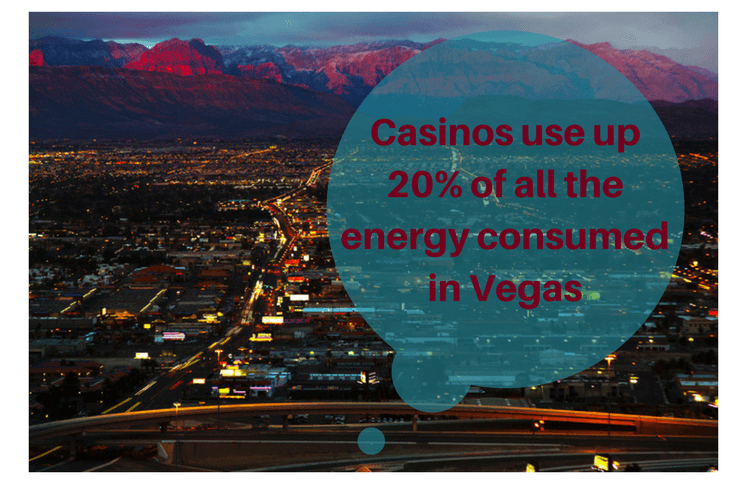
It’s one of the worst kept secrets in the world that Las Vegas consumes a massive amount of power to operate its stunning light displays. Although it’s easy to forget that the power required to run the actual casinos of the city is just as huge.
Casino floors in venues like Caesars Palace, Las Vegas Sands and the MGM Grand are packed full of extravagant displays that require power. Add in all those thousands of slot machines and gaming tables and you’ve got yourself some serious energy requirements. That explains why casinos account for 20% of the power consumption of Las Vegas each year.
Beam Me Up, Scotty!
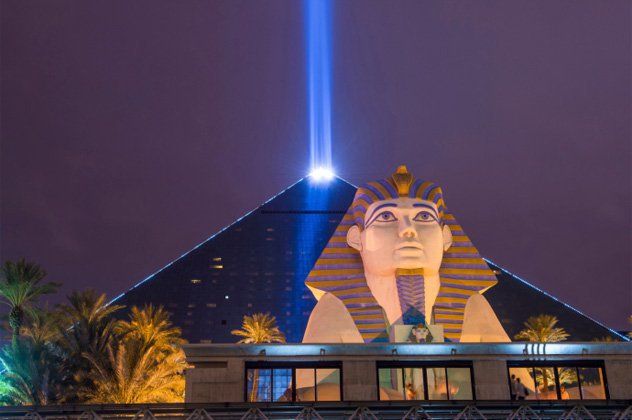
When looking at Vegas’ power usage, it makes makes sense to begin with that massive beacon of light that shoots into the desert sky that comes from the Luxor Beam.
The light spectacle was officially opened alongside the resort on 15th October, 1993. It was constructed using 39 individual 7,000 watt bulbs. Nowadays, only half of those lights are turned on.
Owners MGM Resorts claim the beam’s reduced brightness is just down to the casino caring about reducing light pollution. Cynics reckon it has more to do with cutting costs.
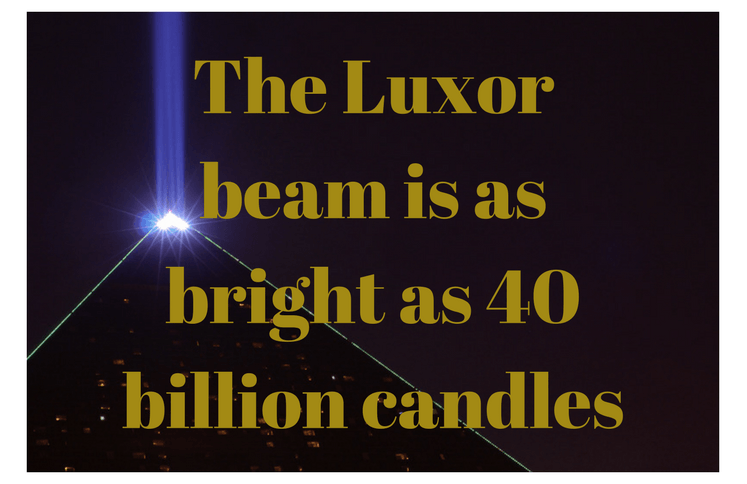
The Luxor Beam is regarded as the most powerful light in the world with all of the lights producing 40 billion candle power.
Despite reports suggesting that the beam costs $1 million per year to run, it only costs less than half that amount at an approximate $51 per hour, according to Luxor engineer John Lichtsteiner.
Simply Illuminating
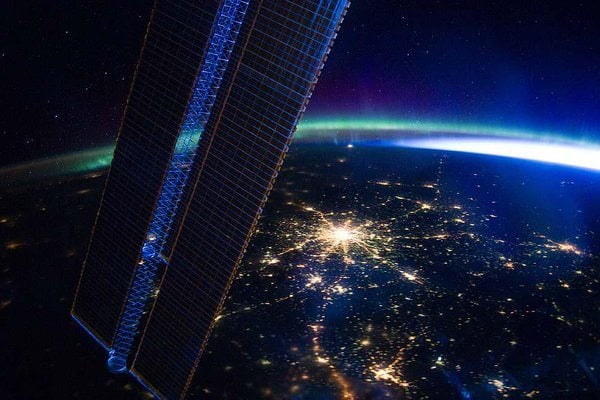
Las Vegas is often referred to as the ‘City of Lights’ and it is easy to see why.
The city’s skyline is visible from miles around the Nevada landscape due to the illuminating features that scatter the city. In fact, the Las Vegas Strip is so bright that it can be seen from space. This has been documented by astronauts such as Colonel Chris Hadfield.
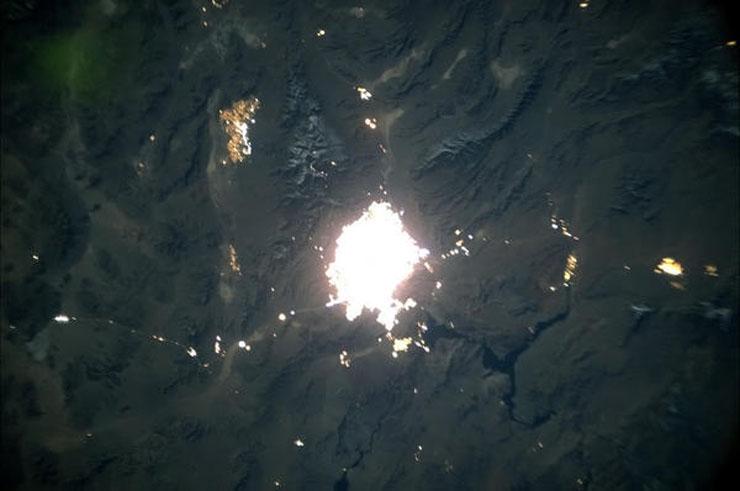
Even before we begin to look at the facts and figures behind the power required to generate these light set pieces, you can see the scale we are dealing with.
It makes you wonder, if Las Vegas can be totally powered by renewable energy then why can’t every other city in the world manage the same thing? Do you hear that Donald Trump with your executive orders to repeal environmental and climate change laws?
The Fountains of Bellagio
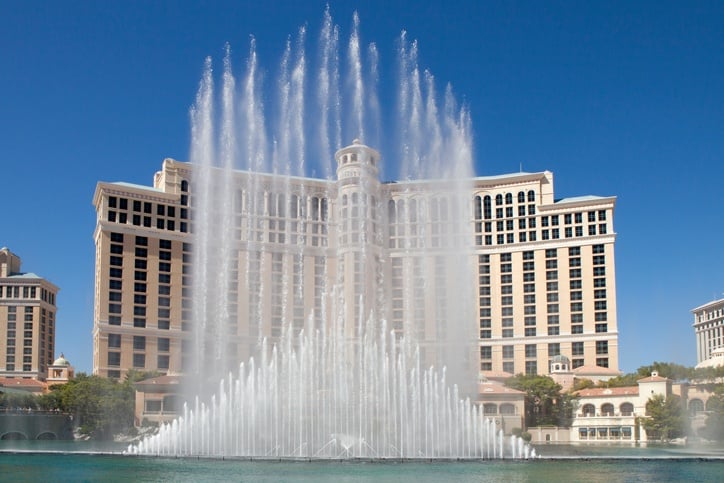
One of the other main users of energy within Las Vegas is often identified as the Fountains of the Bellagio. Turns out stunning light displays, booming loud music and jets that are powerful enough to spray gallons of water 245 feet into air need a lot of power.
The fountains at the Bellagio cost a total of $5 million per year to operate. It is open for debate how much of that money is recouped for the city by tourists that visit to experience the fountains.
Fremont Street Experience
If you have not visited Las Vegas yourself then you have probably seen a music video or a movie where the Fremont Street Experience is shown. It’s a rooftop of beautiful illuminations that is unmatched by anything across the globe.
The original display consisted of 2.1 million bulbs with a sound system that required 350,000 watts of energy. In 2004, the light display was upgraded to hold a 12.5 million LED-display with the sound system upgraded to 550,000 watts.


